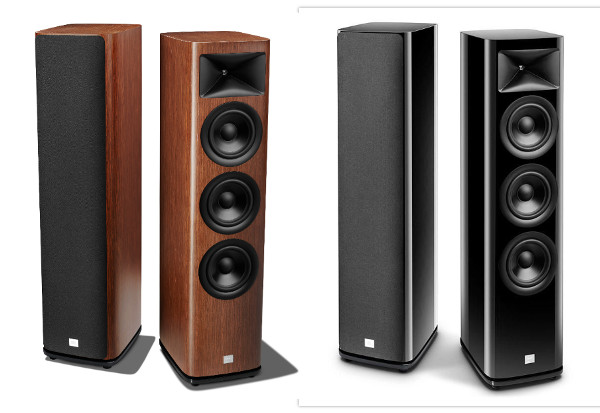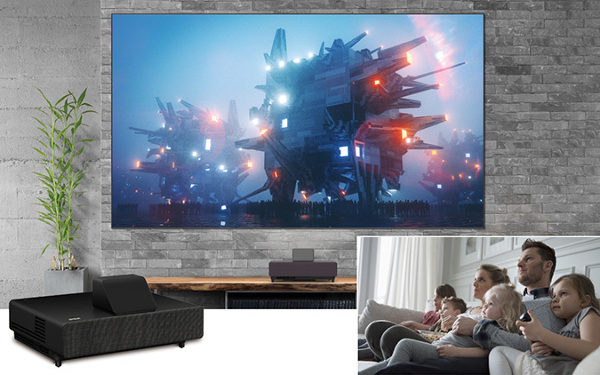Best Gear of November 2020 Page 2

JBL HDI-3600 Loudspeaker: $3,800/pair
JBL’s storied history dates back to 1927 with the founding of Lansing Manufacturing Company, which built compression drivers (horns) for use in movie theaters at a time when the era of silent pictures was being upended by “talkies." The company went on to develop the Iconic, a mammoth cinema speaker with an exposed horn atop a bass-reflex cabinet with a 15-inch woofer — the forerunner of Altec’s famous Voice of the Theatre, which James Lansing also had a hand in developing. Renamed James B. Lansing Sound and ultimately shortened to JBL, the brand became synonymous with professional sound in cinemas and recording studios and in the year of Woodstock (1969) introduced the L-100 consumer speaker, which would go on to sell more than a million units over the years.The 40-inch-tall HDI-3600 tower propels the JBL legacy into the future as the newest addition to the prestigious Synthesis series. Designed at the company’s state-of-the-art engineering facility in Northridge, California, which also presides over Harman’s high-end Revel brand, the speaker is a two-and-a-half-way design that unites a trio of 6.5-inch woofers with a refined version of the super-efficient compression-driver technology JBL cuts its teeth on. The result: A speaker that plays loud and projects an expansive soundstage, making it a natural for rock and electronic music. Describing the HDI-3600’s sound as “warm and a bit laid-back,” reviewer Al Griffin was impressed with its ability to deliver effortless, fatigue-free sound over extended periods. “Pushing the volume up to a near uncomfortable level didn't cause the speakers to reveal strain or set their ports to rumbling. Instead there was a sense of dynamic ease that gave me confidence to continue.”
AT A GLANCE
Plus
Impressive looks and build quality
Plays loud effortlessly
Wide imaging capability
Minus
Requires careful amp-matching
Fussy setup and placement

Epson LS500 4K Laser Projection TV: $4,999
For decades big-screen projection TV was in a league of its own, providing the only way to get a true cinema-like experience at home. But it was super expensive and required a darkened space with a ceiling-mounted projector and dedicated screen. Bulky rear-projection TVs (remember those?) brought bigger screens to the public but topped out at around 80 inches (diagonal) and were imposing — especially in small spaces. Epson’s LS500 “projection TV” is the latest stop along the path to an affordable movie-theater experience. It’s still a two-piece system with a projector that uses pixel shifting technology to achieve 4K resolution and a 100- ($4,999) or 120-inch ($5,999) ambient-light rejecting (ALR) screen designed for use in daylight.What makes this system special, though, is its ability to project a huge and remarkably bright image when placed only a foot or so from the wall (as shown above). The projector even has its own built-in speaker system but the cinema experience is much better served when a soundbar or full-blown surround-sound speaker system is hitched to its HDMI ARC port. S&V editor Al Griffin was impressed with system’s performance in a daylight setting. “TV shows like Schitt’s Creek looked crisp, clean, and bright,” he wrote, concluding that “the LS500 delivers more successfully on the promise of UST (ultra-short-throw) projection as an affordable alternative to massive flat-panel TVs than any similar model I’ve yet reviewed.” The Epson LS500 is a compelling alternative to an oversized (and over-priced) flat-panel TVs.
AT A GLANCE
Plus
Bright, living room-friendly image
Easy-to-assemble screen
Plentiful picture adjustment options
Minus
Limited contrast and color space coverage
High fan noise in Normal Light Output mode
Basic remote control
To browse all Sound & Vision-recommended AV gear, broken out by category, visit our Top Picks page.
- Log in or register to post comments



























































